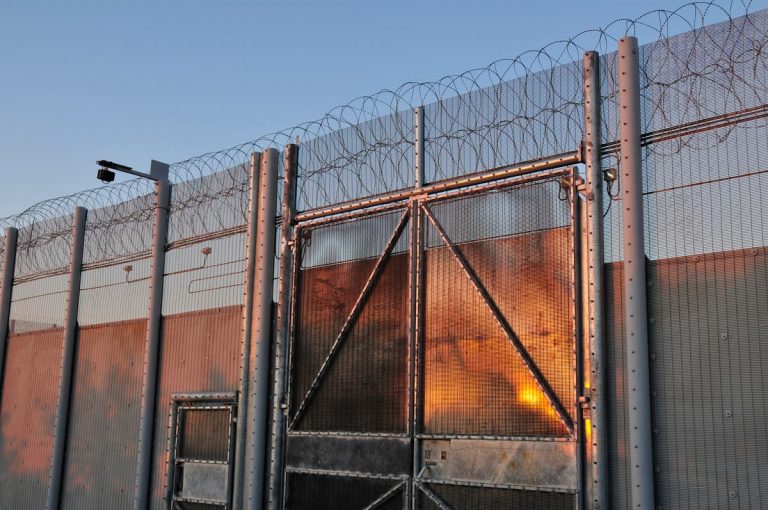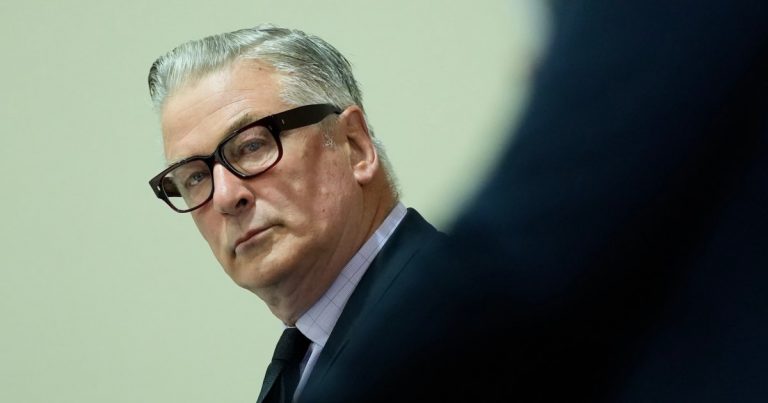If talk of coaching the Three Lions and Super Eagles seems fanciful, Odemwingie has a back-up plan to help him return to the global sporting stage.
With golf having been readmitted to the Olympics in 2016, he wants to see a Nigerian aiming for the pin at the greatest show on Earth.
“If I cannot play as a golfer, I can at least be in the team of a golfer who will play there,” he explains.
“I want to introduce people to the game and build a generation of golfers, from Nigeria in particular, that will participate in the Olympics.”
The former striker knows all about the thrill of the Games, having been part of the Nigeria squad that lost the Beijing 2008 final 1-0 to Argentina.
While not every nation values Olympic football, Odemwingie says Nigerians see things differently.
“The medal is very well respected,” he says of his silver, while also referencing the gold medal won by the men’s team in Atlanta in 1996.
“It’s a way to sell the project to our state government.”
As he bids to spread the gospel of golf, Odemwingie is already planning meetings with officials and big corporate names back in his homeland, hoping to promote the benefits of his new sport.
“If we have more golf courses, there will be tourism. Kids can get scholarships in good countries.
“If somebody sees an opportunity, they can latch on to [it] and give themselves an amazing life.”
And he is hoping to add his name to the mission, with future plans for a golf and football academy in Benin City.
“It’s like any other sport. The earlier you start, you have a chance to become an elite.”
For a man who has now operated as a professional in two sports, Odemwingie’s golf evangelism shines through.
“One of my dreams is to see a Nigerian flag on the European Tour or PGA Tour.
“Hopefully my story will encourage people to start participating, encourage parents to take their kids and give them a feel of golf. I’m sure many of them will fall in love with the game just like I did.”



























+ There are no comments
Add yours